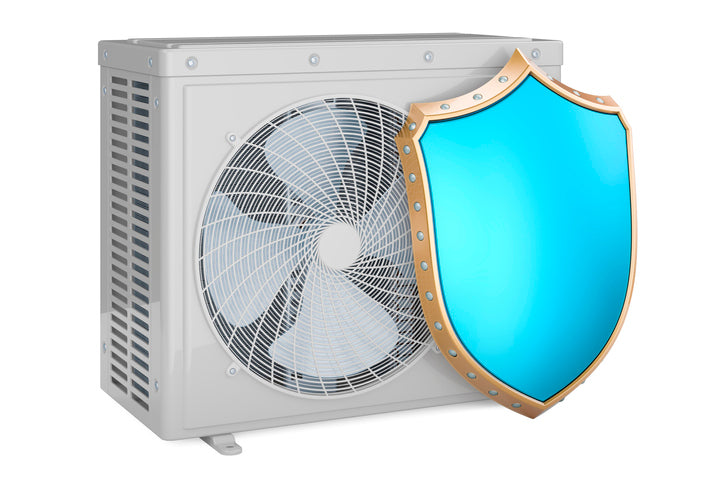5 Tips for Identifying Energy Inefficiencies in Your Home

If you want to drive down your energy bills without sacrificing comfort in your home, take stock! You can find the places in your home where energy is being squandered and fix the issues to save money. Here are just five tips for identifying energy inefficiencies in your home to get started.
Conduct an Energy Audit
An energy audit is always an excellent first step. If you want the job done right, hire a professional auditor to conduct an official energy audit. They’ll use tools like infrared cameras and other devices to locate and pinpoint issues.
However, simply walking around your home with a detailed checklist and noting any discrepancies is wise—many energy inefficiencies are glaringly obvious. You can easily find such a list online. Check your utility company’s website—more than likely, they have one available for downloading and printing out.
Monitor Your Energy Usage
Are you being frugal when it comes to running your many household devices? Include them and your habits in your audit. Invest in new, energy-efficient appliances with Energy Star ratings. These devices are engineered to use less energy.
Also, unplug devices when not in use—certain devices are energy “vampires,” siphoning off electricity even when not actively operating. Finally, switch from incandescent to LED bulbs.
Check for Leaks
Has your house sprung a leak? Air leaks are one of the most common causes of energy loss. Inspect windows, doors, and other cracks and openings in your home. On a windy day, use a lit incense stick near potential leak spots. Leaks will cause the smoke to waver.
Seal gaps with weatherstripping or silicone-based caulk to prevent drafts and improve insulation. More heat is lost through these places than anywhere else. Double-paned windows also work to trap heat and cool air inside.
Inspect Insulation
Proper insulation is crucial. Inconsistent temperatures could mean heat is escaping through your home’s roof or walls due to inadequate insulation. This can lead to significant energy loss, so check your attic, walls, and floors for sufficient insulation. If the insulation is looking thin anywhere, add more or consider upgrading to a higher R-value insulation. It will keep heat inside and dramatically improve your home’s energy efficiency.
Assess Your HVAC
How’s your heating, ventilation, and air conditioning system doing? Whether you have a central air system or an inverter split system, it’s always working quietly in the background, so it’s easy to forget about it.
Schedule periodic inspections and maintenance. A professional will come in to clean and check out the system, looking for issues and potential repairs. Additionally, stay on top of changing the filters and cleaning the ductwork. This helps the system run better and save more energy. However, if your system is more than 15 years old, it might be time for an upgrade. Modern HVAC systems are more energy efficient and significantly lower your bills.
Those are just five tips for identifying energy inefficiencies in your home. If you discover you need a new HVAC system, contact us! We offer multiple energy-efficient systems that keep you and your family comfortable while saving energy and money!






